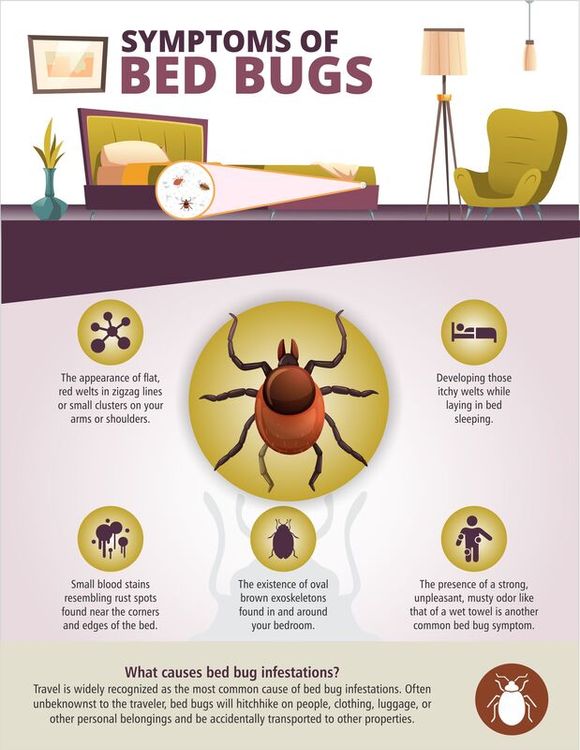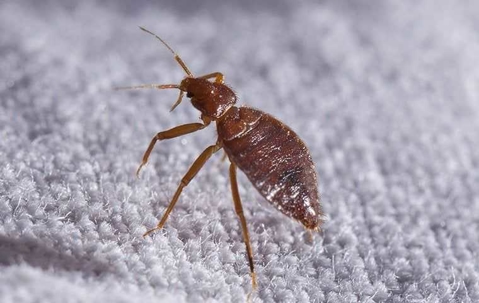Sorts Of Parasite Control: Which Approach Is Right for Your Invasion?
When encountered with a bug invasion, the option of an ideal approach for bug control is vital in successfully handling the scenario. From chemical therapies to biological services, there exists a variety of strategies that can be used to address different sorts of parasites. Each technique includes its very own set of benefits and factors to consider, making the decision-making procedure a nuanced one. Comprehending the subtleties of each method and assessing their compatibility with the specific bug infestation handy is important for achieving long-term success in pest monitoring. By checking out the numerous kinds of pest control approaches offered, people can make educated choices tailored to their one-of-a-kind circumstances, ensuring an extra sustainable and effective end result in insect eradication.
Chemical Bug Control
Chemical parasite control involves the usage of artificial or normally derived chemicals to manage and eliminate pest populations successfully. This approach is commonly utilized in agriculture, forestry, and domestic settings to battle a wide range of insects, including rodents, insects, and weeds. Making use of chemical pesticides can supply fast and targeted services to pest infestations, making it a preferred option for numerous individuals and companies.
Among the key advantages of chemical pest control is its capacity to promptly remove parasites, decreasing the danger of damage to crops, building, and human wellness. By utilizing specific chemicals that target particular parasites, this approach can properly regulate invasions while reducing damage to useful organisms and the environment when used appropriately.
However, making use of chemical pest control additionally increases issues about possible damaging results on non-target types, water sources, and human wellness. It is vital to comply with safety standards, use chemicals responsibly, and take into consideration alternate pest control approaches to lessen these risks and ensure lasting pest monitoring practices.
Organic Bug Control
Organic parasite control, also known as biocontrol, uses living microorganisms to minimize and take care of pest populations normally. By making use of the parasite's all-natural predators or pathogens, biological bug control uses a sustainable and ecologically pleasant remedy to pest management.

Mechanical Bug Control
Utilizing manual and physical methods to handle pest populaces, mechanical insect control supplies an alternative approach that does not depend on making use of living microorganisms or synthetic chemicals. This technique involves the use of barriers, catches, or other gadgets to literally discourage or remove parasites. By blocking parasite entry points or establishing up catches to catch them, mechanical bug control can efficiently lower infestations without presenting chemicals right into the setting.
One typical instance of mechanical pest control is making use of mesh displays on doors and home windows to protect against insects from going into structures. This simple yet efficient approach functions as a physical barrier, keeping bugs out while permitting proper air flow. In addition, gadgets like mousetraps, fly swatters, and ultrasonic repellents drop under the mechanical pest control classification.
While mechanical bug control approaches can be labor-intensive and require routine monitoring and maintenance, they use a lasting and eco-friendly special info remedy for handling bug problems. By combining different mechanical techniques, homeowner can develop a thorough pest control technique that reduces reliance on chemical pesticides.
Physical Pest Control

Some usual physical insect control techniques include making use of barriers such as displays or webs to prevent bug entry, catches to capture and eliminate parasites, and hand-picking to physically get rid of pests from plants or structures. Additionally, methods like heat therapies can be made use of to manage bugs like bed pests by increasing the temperature level to levels that are deadly to the insects.
Physical bug control is especially useful in integrated pest administration (IPM) approaches, where numerous parasite control approaches are integrated for effective bug management while lessening the use of chemicals. By making use check my site of physical pest control techniques, individuals can successfully address bug infestations with marginal environmental impact.
Integrated Bug Monitoring
When applying physical insect control methods as part of parasite monitoring methods, Integrated Parasite Management (IPM) becomes a detailed approach that leverages different techniques to properly regulate pest populations. IPM concentrates on long-lasting avoidance of parasites with a combination of biological, social, physical, and chemical devices tailored to particular insect concerns. By incorporating several control tactics, IPM aims to minimize the threats associated with parasites while additionally reducing reliance on chemical solutions.
One trick element of IPM is the emphasis on surveillance and analyzing pest populations to figure out the most appropriate control techniques. This aggressive approach permits very early intervention and targeted approaches, resulting in much more efficient bug administration. In addition, IPM promotes ecologically pleasant practices by focusing on non-chemical control techniques and only using chemicals as a last option.
Conclusion

By utilizing the insect's all-natural killers or virus, biological pest control provides a ecologically friendly and sustainable service to pest management. - Kings cincinnati pest control companies
Utilizing physical and hands-on approaches to manage pest populaces, mechanical bug control offers an alternate approach that does not count on the use of living microorganisms or artificial chemicals.An efficient strategy to taking care of pest populations without depending on chemical or biological approaches includes the usage of physical bug control methods.When applying physical bug control techniques as part of insect management strategies, Integrated Insect Monitoring (IPM) emerges as an extensive technique that leverages different techniques to successfully manage pest populations. Chemical parasite control involves the use of pesticides, biological insect control makes use of all-natural predators, mechanical bug control involves physical barriers, physical parasite control consists of capturing or getting rid of bugs, and incorporated pest management combines numerous techniques for a holistic strategy to pest control.